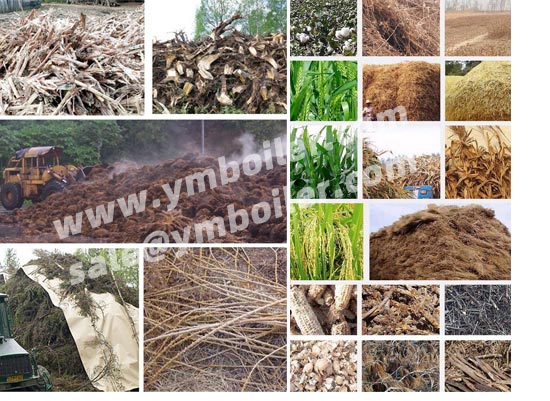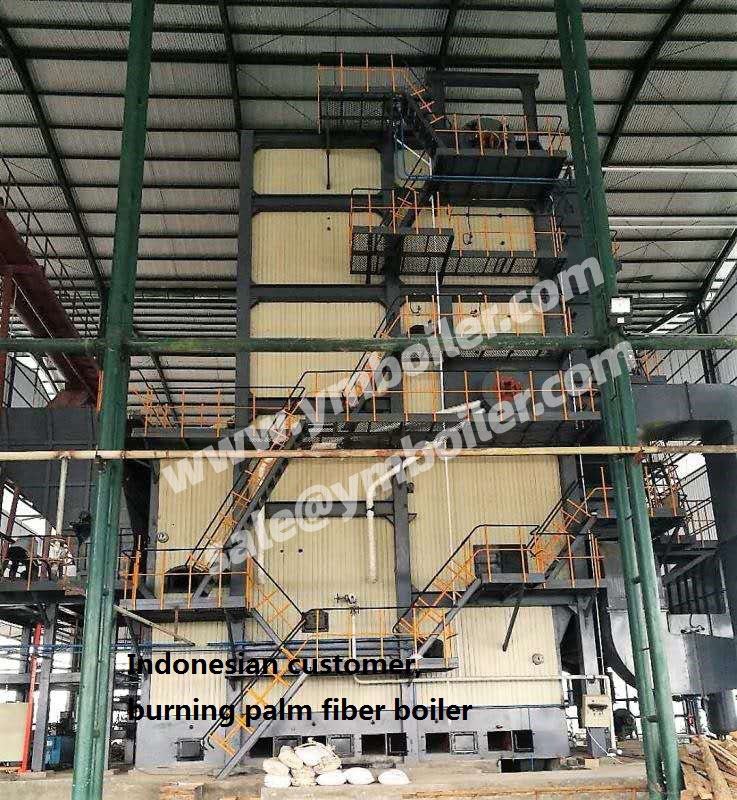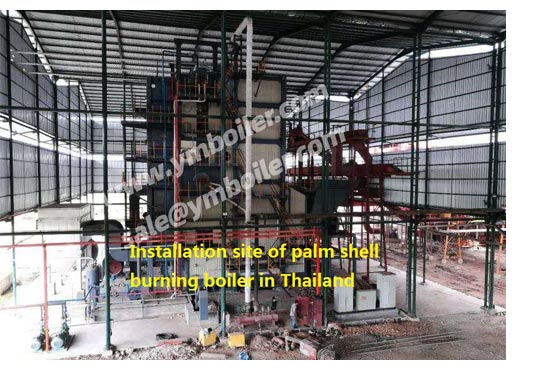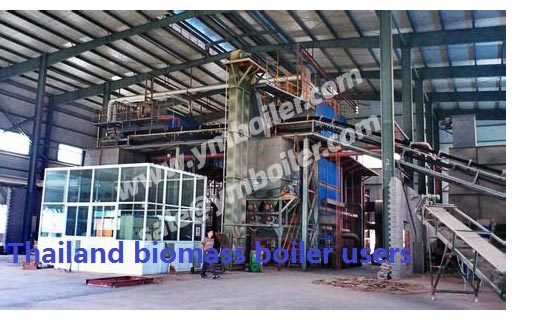|
CAD Diagram of Biomass Boiler
|
|
With the increase in demand for electricity and the amount depleted with each use, power generation through the use of biomass and other “green, renewable” sources of energy are sure to become progressively more important and will attain support from the government. Between the years 2011 and 2015, the biomass power generation industry will certainly step into a good, healthy and steady development cycle. Works of integrating approved projects with construction has not yet been perfected; however, it is not a problem for the government and investors but an opportunity for biomass power industries and enterprises. The Combined Grates boiler refers to the combined use of two different sets of boiler grate. The front one is the tilt reciprocating / step grate, and the back one is the scale chain / travelling grate. Connected top to bottom, while in operation, the front grate is used as pre-combustion and controls the amount of fuel, and the back grate controls combustion speed. Because the speed can be controlled separately, they can coordinate with each other. Hence, they are called the Combined Grates boiler system, and are a very good combustion system. |
|
|
Biomass Boiler Installation Site in Thailand
|
|
Due to the use of tilt reciprocating / step grate for the front end of the Combined Grates, fuel runs downwards and the flame from the furnace helps fuel radiation. Hence, it is particularly suitable for fuels that contain high moisture content, playing a role in the drying of the fuel as well as its combustion. Then, the scale chain / travelling grate, which contains multileveled wind rooms, can allow for the control of wind during the process. The biggest technological advantage of the Combined Grates system lies in the regulation of its performance. It is not present in single grates. Another prominent feature is its adaptability to high moisture fuel, as with the use of the tilt reciprocating / step grate, fuel runs from a higher position to lower, aiding the drying of fuel and increasing permeability and therefore making fuel combustion more favourable. |
|
|
Thai biomass boiler users
|
|
The front end of the Combined Grates uses water-cooled support structure. All parts of the grate are supported by cooling water tubes and are made of special heat-resistant cast steel and heat-resistant cast iron. The movable parts responsible for motion have framework that allows for drag motion, the propulsion device utilizes eccentric rocker to lead the overall framework, the frequency changer controls, and all parts unify to function in stabilizing the operation. The back end of the Combined Grates uses scale chain grate, a technology that has been perfected. The grate uses chain wheels to drag a number of large chains. All grates are fixed onto the chains with pin rollers and plywood, and are made of heat-resistant cast iron. Their movement is due to gear reducers, and are controlled by VVVF (variable-voltage variable-frequency) drivers and are very reliable.
|
|
|
Palm fruit string
|
|
The Combined Grates combustion system can adapt large-scale boilers to be made, thus increasing the scale of power generation: 15MW (75t/h boiler), 30MW (130t/h boiler), 50MW (220t/h boiler), 100MW (410t/h boiler)
The most prominent feature of the Combined Grates combustion technology is that it can use a wide variety of crops and is not limited by the change in fuel. This reduces the risks in fuel collection greatly. This system is adapted to the current conditions of rural parts of China and is therefore highly suitable to our country. After China’s reform and division of farmland as well as the marketing of agricultural crops, farmers have gained the right to farm. Although the growth of industrialization is inclined towards certain areas, generally speaking, the planting structure is still complicated. Rural areas have many types of crop fuel, and if only one type of crop can be used in the combustion system, then without a doubt, changes in the crop market will restrict power plant fuels greatly. When building a biomass power plant, the first thing to consider is the risks associated with fuels and their sources. Limiting the fuel to one source would be difficult in meeting China’s conditions and other farmers would not receive the same benefits. The interest of all farmers must be taken into account when building bio-fuel power plants, and only then will this system be lead to sustainable development. Hence, being able to use multiple bio-fuels, the combined grates combustion system opens up new possibilities in bio-fuel usage as well as power generation, allowing for a wide range of promotional value and social significance. |
|
|
Palm kernel shell
|
|
Other than cereal shells, the combined grates combustion system can also use crushed or cut pieces of straw-type plants such as bagasse, cotton stalk, corn stalk, bean husk, melon seedling, tree branches, shrub branches, wheat straw hood, straw as well as waste products from processing plants. It can be said that any kind of crop generated by the farmers can be burnt as fuel. This undoubtedly expands the sources of biofuels greatly, and the increased economical return can encourage the farmers’ enthusiasm, thus guaranteeing the power plant’s survival. Use of the Combined Grates system for power generation allows for collection, transportation and management of biofuel that best suit the vase rural communities. Multiple types of fuel can be collected. If possible, the crops are to be crushed or packaged according to plant regulations; if not, raw materials can be brought in (there is no requirement for packaging or form, crushed and uncrushed will both be accepted).
|
|
 |
|
As of now, the reliability of safety in operation of the Combined Grates biofuel boiler has been under serious testing. Many users have reported that when annual operating hours surpass 8000 hours and the system is in the excess power state, the boiler’s thermal efficiency reached over 87% and the combustion efficiency reached over 95%. The economic benefits are obvious. Hence, looking from the technical standpoint, this is a reasonable choice for a combustion system. Only when the risks of investing in biomass power generation are avoided, initial investment costs are reduced and the safety and reasonability in returns for investors are guaranteed can there truly be a healthy development of business in renewable sources. |









